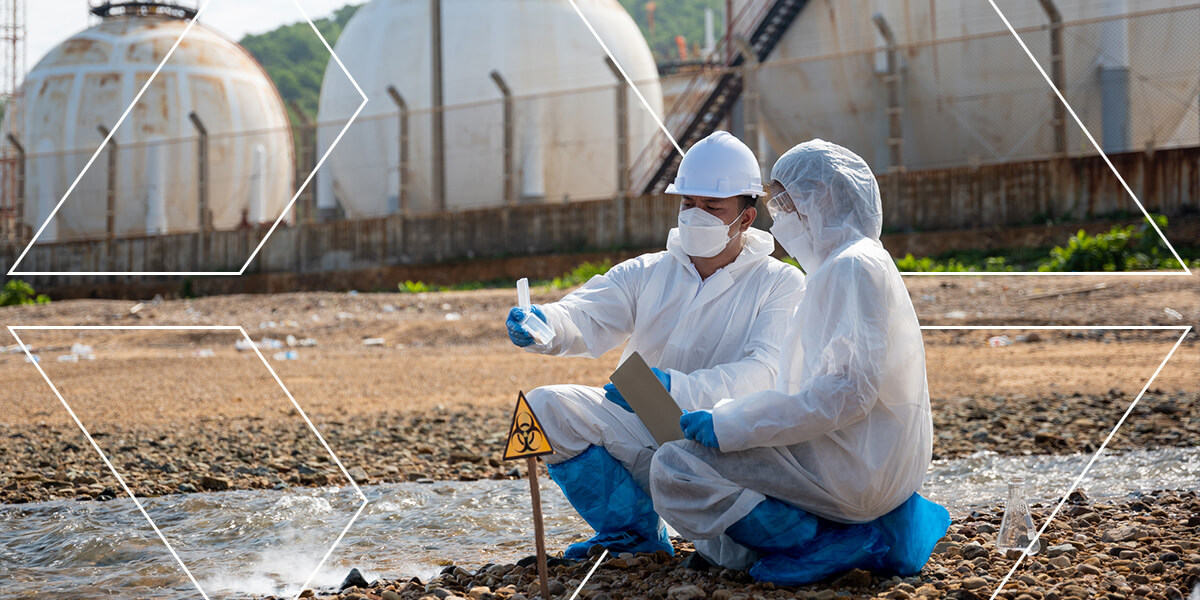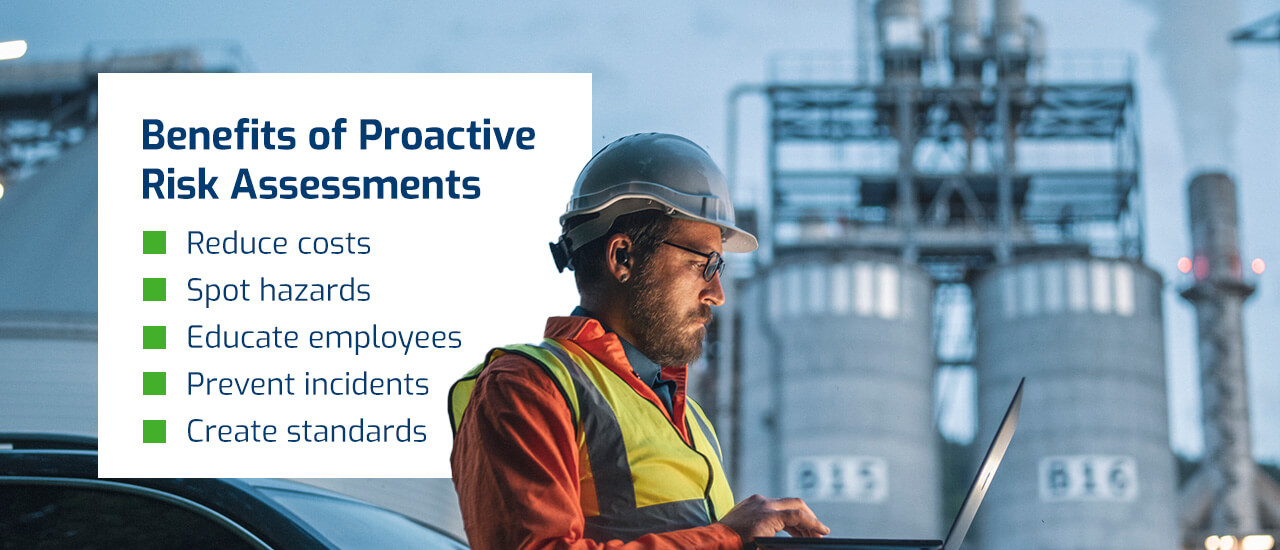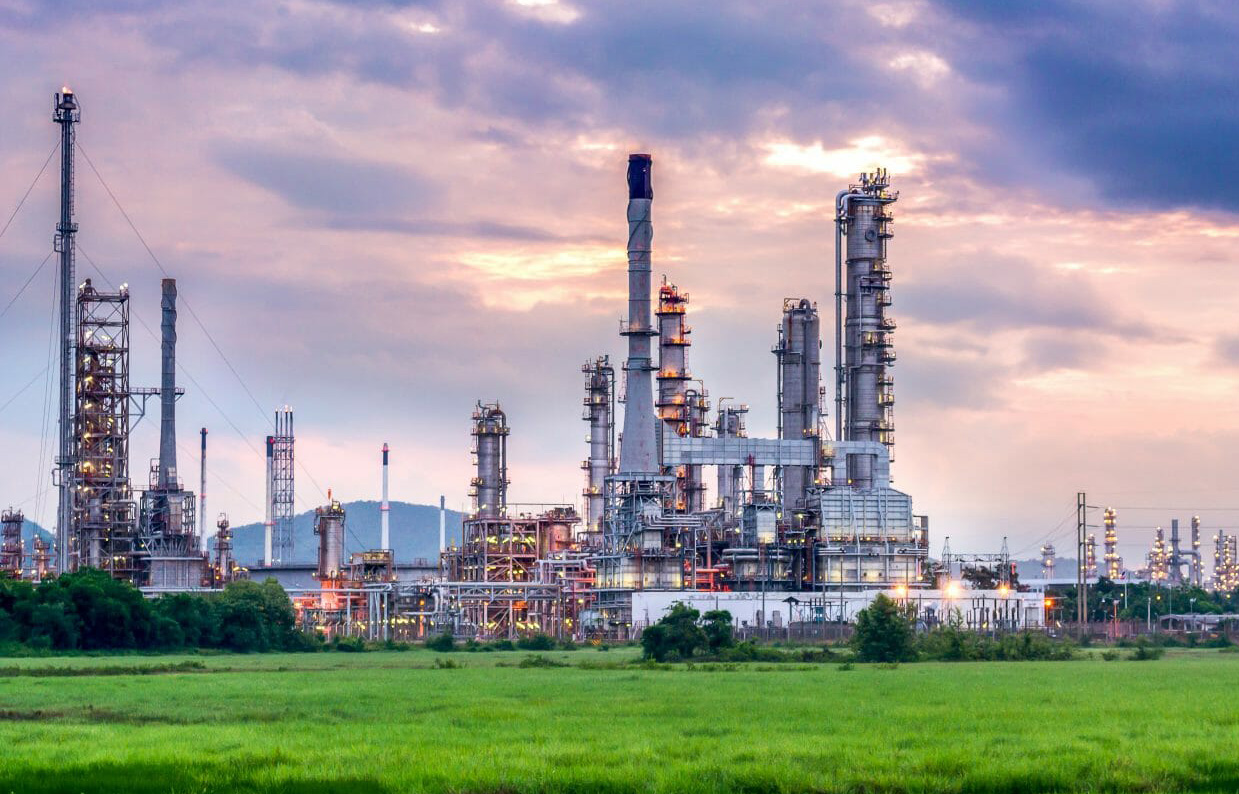Assessments will start with an investigation into the potential risks created by a facility’s operation. Consider:
- Substances and chemicals
- How work is completed
- What measures are in place for safety
- What measures need to be added
- Environmental maintenance goals
- Data and methods used to identify and analyze hazards
Additionally, looking at past illness and incident records reveals existing hazards that need addressing. While the day-to-day operation needs analysis, other work like cleaning, production changes and maintenance also needs risk evaluation. Employees, workers and visitors have different experiences in the facility — account for each of their risks.




 Benefits of Proactive Risk Assessments
Benefits of Proactive Risk Assessments


















